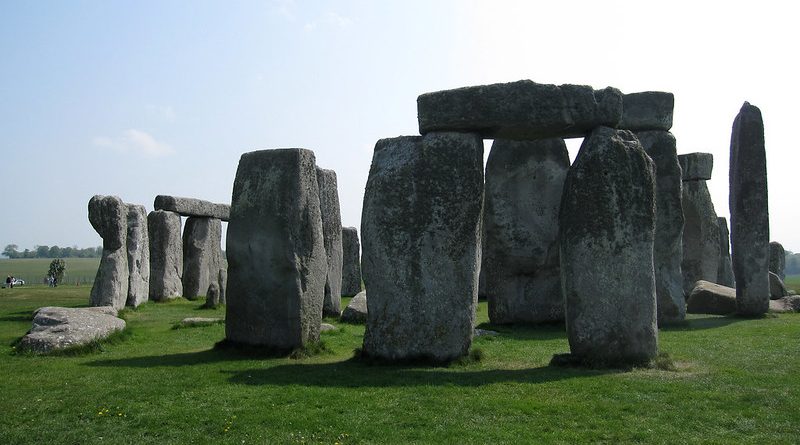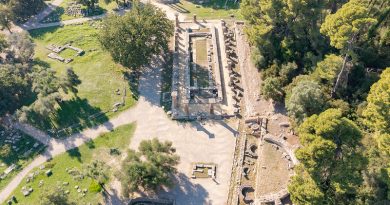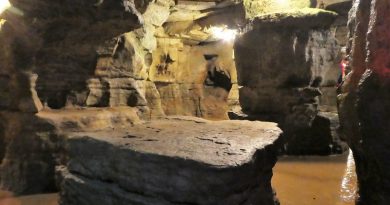Rock of Ages: Stonehenge
History Facts
Where: Amesbury, Wiltshire, Southwest England
When: 21st Century BC
History: Amazing feat of stone age engineering shifting 50 ton stones 240 miles to create a site for Pagan worship
Go there for: To get stoned with the stones
Stonehenge is a mysterious, awe inspiring monument about four miles from Amesbury. The Wiltshire countryside is steeped in history, and Stonehenge is the most important and enigmatic of all the stone age sites in England.
What’s the history here?
Stonehenge is a World Heritage Site. It’s fame has spread far and wide but no-one really knows why it was built and what it was originally used for. Archaeologists have pieced together the chronology of its construction but there are many myths and legends which try to explain its presence and the nature of the people who built it. Some say it was an ancient burial ground or a holy temple. Others have suggested it was an astronomical observatory or even an alien landing pad. It has been suggested that Stonehenge was the work of a stone age order of Druids, and modern day Druids enjoyed an association with the monument for much of the 20th century.
The site as we see it today was built over the course of several millennia. The very first structure on the site was little more than an earthwork, but in about 2150 BC more than 60 enormous Bluestones, weighing up to 4 tonnes each, were transported to the site from the Preseli Mountains in Wales, almost 240 miles away. By the standards of the time this was a real feat of engineering. 150 years later more stones were added to the circle, this time originating from the Marlborough Downs just 20 miles away. The largest of the Sarsen stones weighed 50 tonnes and would have taken 500 men to shift it, using ropes and rollers.
No one really knows when the Ancient Order of Druids began holding summer solstice ceremonials at Stonehenge, but at the beginning of the 20th century the Order, which boasted Winston Churchill as a member, was becoming increasingly popular. The ceremony was always a lively festival which attracted a large crowd of spectators. In the 1960s, the Summer Solstice Festival at Stonehenge had become popular with young people and hippies. The authorities feared for the conservation of the monument and when the English Heritage was granted control of Stonehenge in 1984, it promptly banned the Druids and festival-goers, invoking fierce battles with the police at the summer solstice each year.
What’s there to see & do?
At the turn of the decade, for the first time since the mid 80s, the public was allowed into Stonehenge on the night of the summer solstice. You can visit the site during the day at any other time of year, but security is always tight to preserve stonehenge for future generations.
Not far from Stonehenge there’s a number of other ancient monuments which are worth visiting while you’re in Wiltshire. including Woodhenge, Glastonbury Tor and the White Horse (chalk drawing on a hill).
MORE INFORMATION
The Stonehenge Organisation
The complete guide to visiting this ancient monument
English Heritage
Homepage of the organisation now responsible for Stonehenge.
By Jess Halliday




